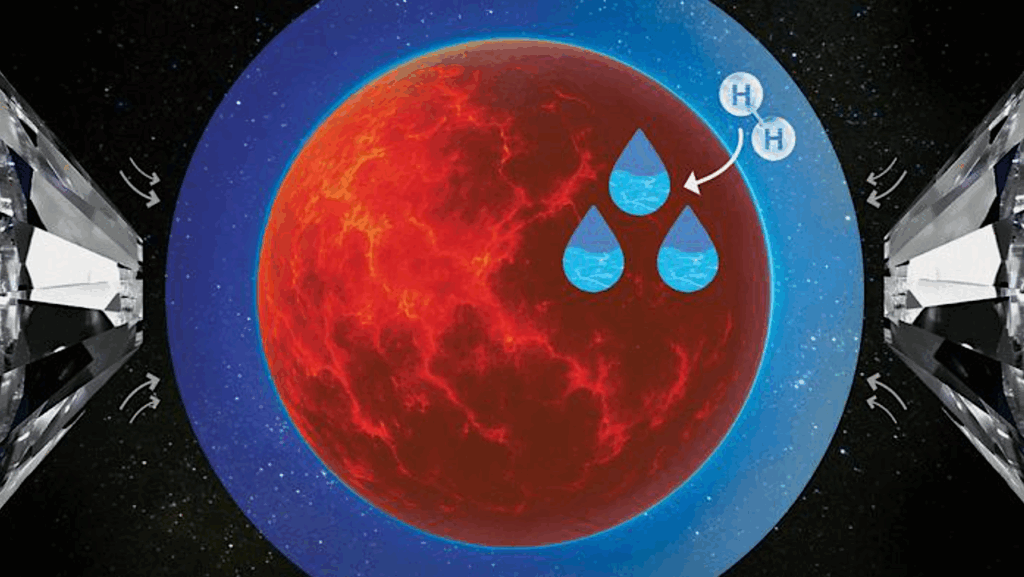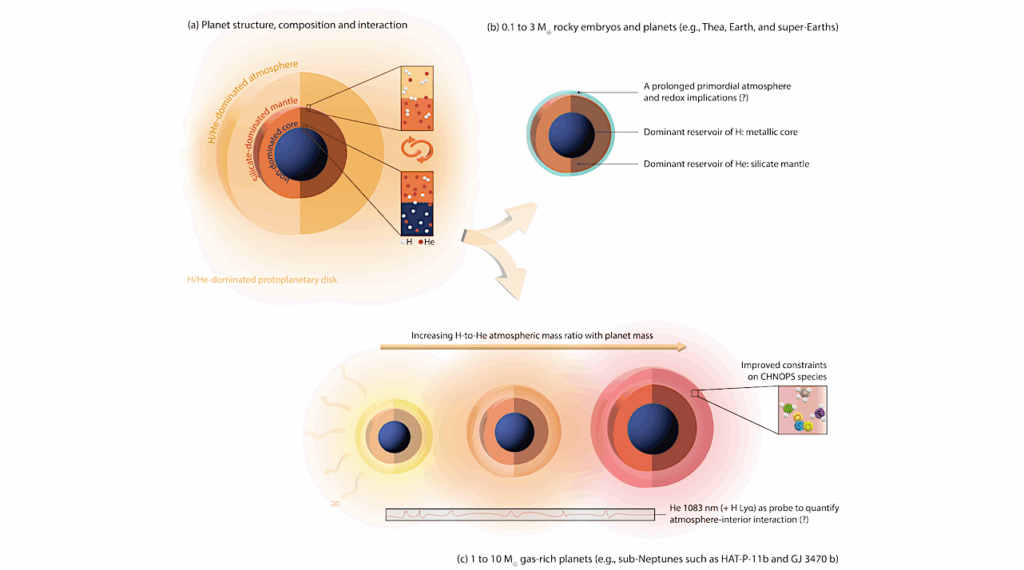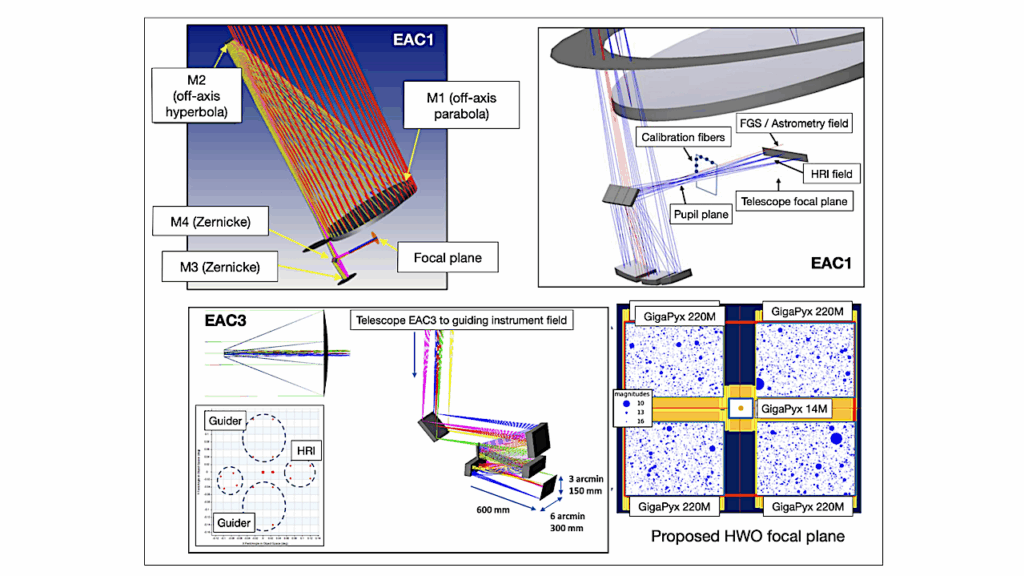The Habitability of Proxima Centauri b I: Evolutionary Scenarios

We analyze the evolution of the potentially habitable planet Proxima Centauri b to identify environmental factors that affect its long-term habitability. We consider physical processes acting on size scales ranging between the galactic scale, the scale of the stellar system, and the scale of the planet’s core.
We find that there is a significant probability that Proxima Centauri has had encounters with its companion stars, Alpha Centauri A and B, that are close enough to destabilize Proxima Centauri’s planetary system. If the system has an additional planet, as suggested by the discovery data, then it may perturb planet b’s eccentricity and inclination, possibly driving those parameters to non-zero values, even in the presence of strong tidal damping. We also model the internal evolution of the planet, evaluating the roles of different radiogenic abundances and tidal heating and find that a planet with chondritic abundance may not generate a magnetic field, but all other models do maintain a magnetic field.
We find that if planet b formed in situ, then it experienced ~160 million years in a runaway greenhouse as the star contracted during its formation. This early phase may have permanently desiccated the planet and/or produced a large abiotic oxygen atmosphere. On the other hand, if Proxima Centauri b formed with a thin hydrogen atmosphere (<1% of the planet's mass), then this envelope could have shielded the water long enough for it to be retained before being blown off itself. Through modeling a wide range of Proxima b's evolutionary processes we identify pathways for planet b to be habitable and conclude that water retention is the biggest obstacle for planet b's habitability. These results are all obtained with a new software package called VPLANET.
Rory Barnes, Russell Deitrick, Rodrigo Luger, Peter E. Driscoll, Thomas R. Quinn, David P. Fleming, Benjamin Guyer, Diego V. McDonald, Victoria S. Meadows, Giada Arney, David Crisp, Shawn D. Domagal-Goldman, Andrew Lincowski, Jacob Lustig-Yaeger, Eddie Schwieterman
(Submitted on 24 Aug 2016)
Comments: 62 pages, 18 figures, submitted to Astrobiology
Subjects: Earth and Planetary Astrophysics (astro-ph.EP)
Cite as: arXiv:1608.06919 [astro-ph.EP] (or arXiv:1608.06919v1 [astro-ph.EP] for this version)
Submission history
From: Rory Barnes
[v1] Wed, 24 Aug 2016 18:56:22 GMT (1890kb,D)
http://arxiv.org/abs/1608.06919








